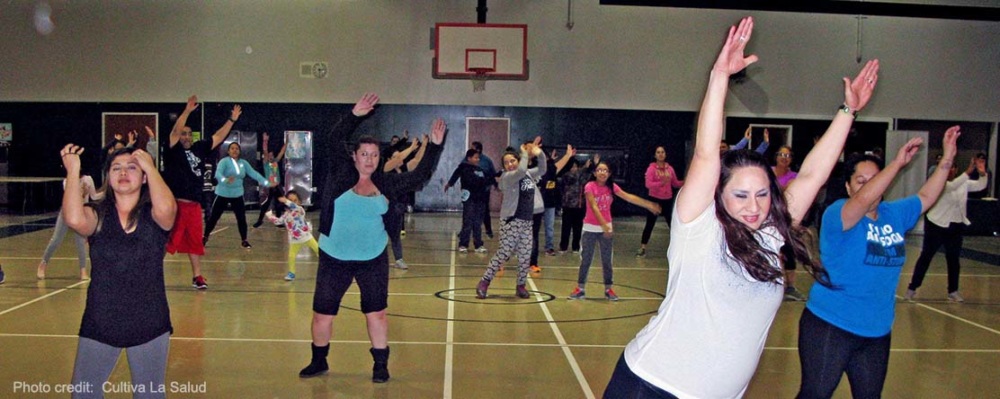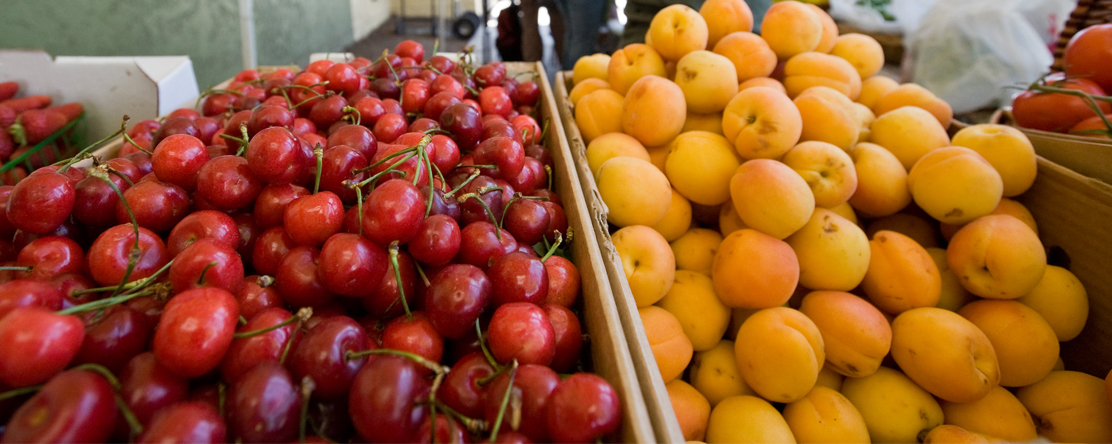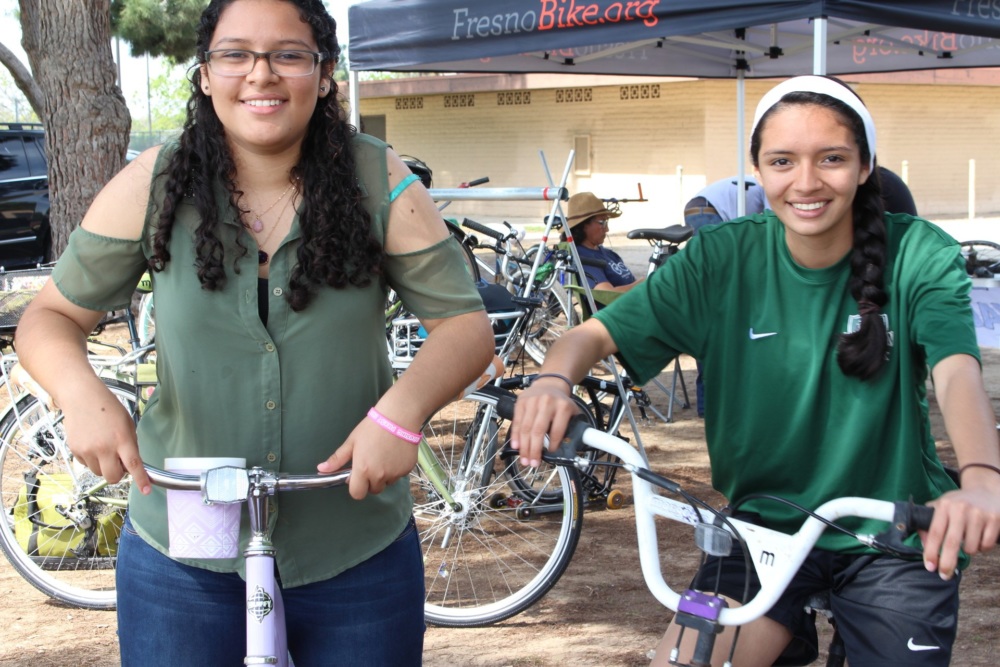
10 Steps to Setting Up a School Fruit and Vegetable Stand
-
Focus Areas
Capacity Building & Leadership, Chronic Disease Prevention -
Issues
Nutrition & Food Security -
Expertise
Technical Assistance -
Programs
Cultiva La Salud/Central California Regional Obesity Prevention Program

How to increase access to fresh fruits and vegetables in small rural communities in the Central Valley—and beyond
 Numerous studies show that children who eat nourishing, well-balanced meals and healthy snacks, and get plenty of vigorous exercise have more energy, are more alert, and perform better in school.
Numerous studies show that children who eat nourishing, well-balanced meals and healthy snacks, and get plenty of vigorous exercise have more energy, are more alert, and perform better in school.
Nutritionists, health care workers, school food services directors and an increasing number of parents across California now encourage inclusion of fresh fruits and vegetables with all family meals and snacks. This is nearly impossible, however, unless families have easy access to fresh produce they can afford.
Download 10 Steps to Setting Up a School Fruit and Vegetable Stand, created by PHI’s Cultiva La Salud.
The goal to “eat healthy” is especially challenging in small, rural communities in the Central Valley, which cannot support full-scale grocery markets or the kind of Farmers Markets found in larger communities. Most commonly found in small communities are one or two “Mom and Pop” markets offering a limited choice of fresh fruits and vegetables (onions, peppers, chilies, lime/lemons, oranges and perhaps bananas), at prices well above those charged in larger markets. To find a wider variety of produce at more affordable prices, residents have to drive—if they can—to larger communities with supermarkets or big box stores.
Success in Pixley
The California community of Pixley (population 2,589 Census 2000) in Tulare County lacked a large market selling fresh fruits and vegetables. But what Pixley has—as does nearly every community of more than a thousand residents—is a local school (or school district) with concerned parents, teachers and school administrators, and local officials who can help promote the health and well-being of community residents. And as a center for community services and events, school sites already provide a safe, structured environment and familiar focal point for the community.
Today at Pixley school, affordable fruits and vegetables are made available to families for purchase at the weekly School Fruit and Vegetable Stand. This exciting pilot project has proven to be beneficial to the students, the community and the school. The students involved in bagging, and the parents involved in selling the produce, learn multiple skills relevant to future employment; funds are earned for after school activities; the relationship between community and school is enhanced, and children, their families and community members are consuming more fresh fruits and vegetables.
With the right preparation, schools in small communities throughout the Central Valley can serve as similar sites for fresh fruit and vegetables stands. PHI’s Cultiva La Salud has created a new guide for schools and related organizations considering establishment of a school-based of a Fruit and Vegetable Stand in their community. Working together, every community can improve access to healthy, affordable food for ourselves and our children.
Originally published by PHI’s Cultiva La Salud
Work With Us
You change the world. We do the rest. Explore fiscal sponsorship at PHI.
Support Us
Together, we can accelerate our response to public health’s most critical issues.
Find Employment
Begin your career at the Public Health Institute.


